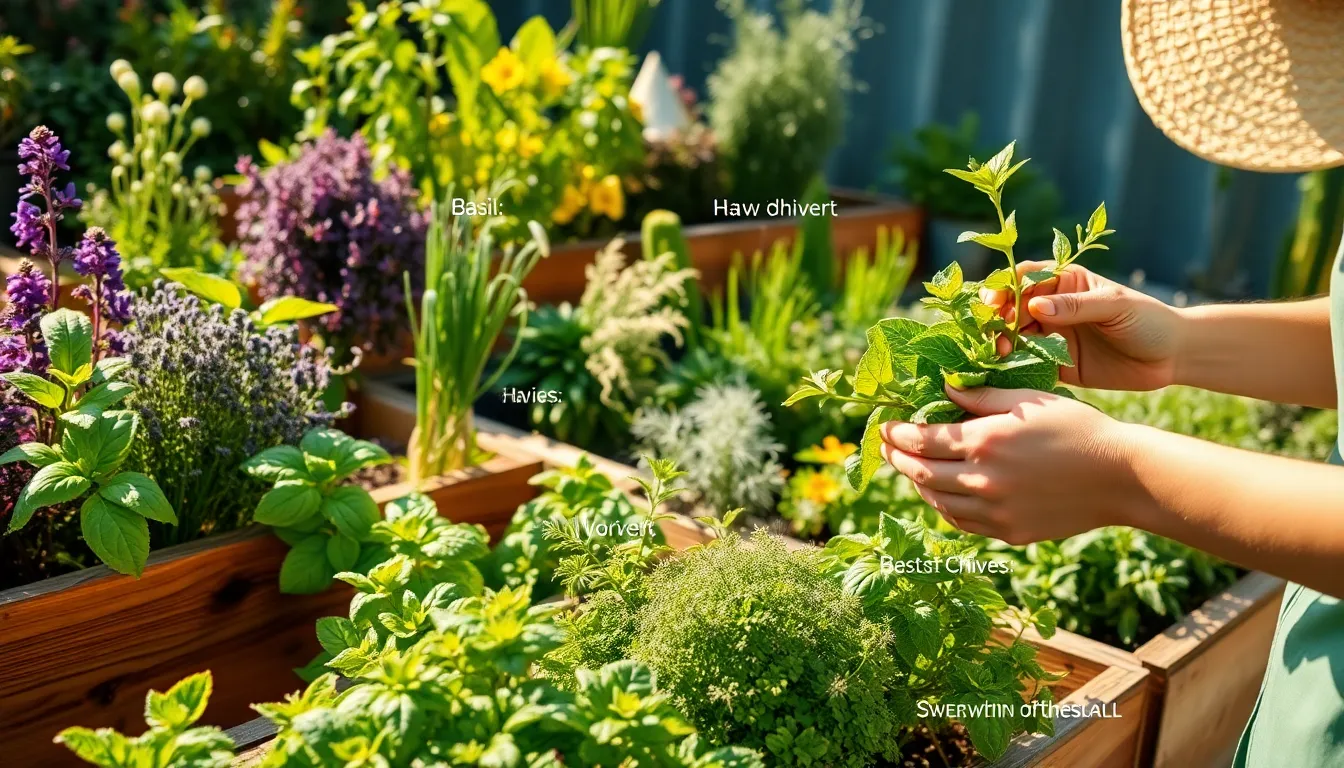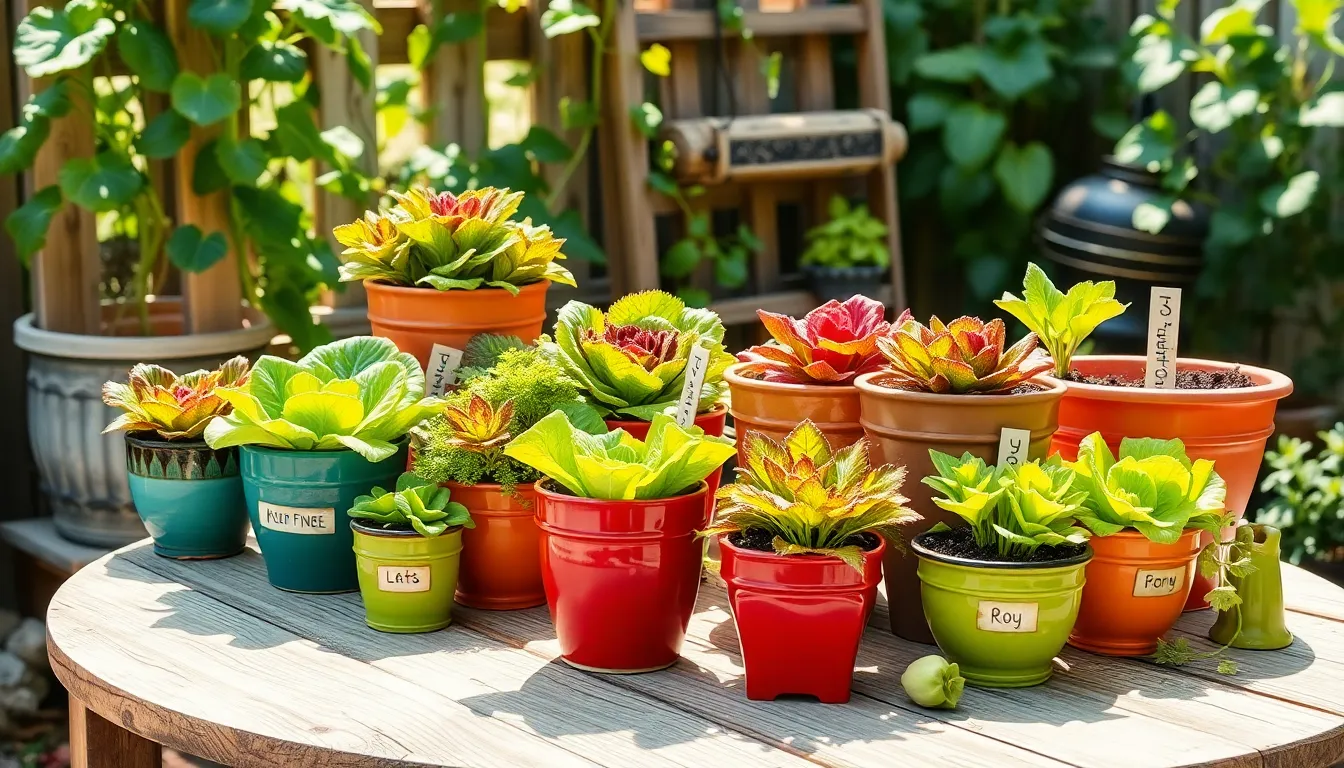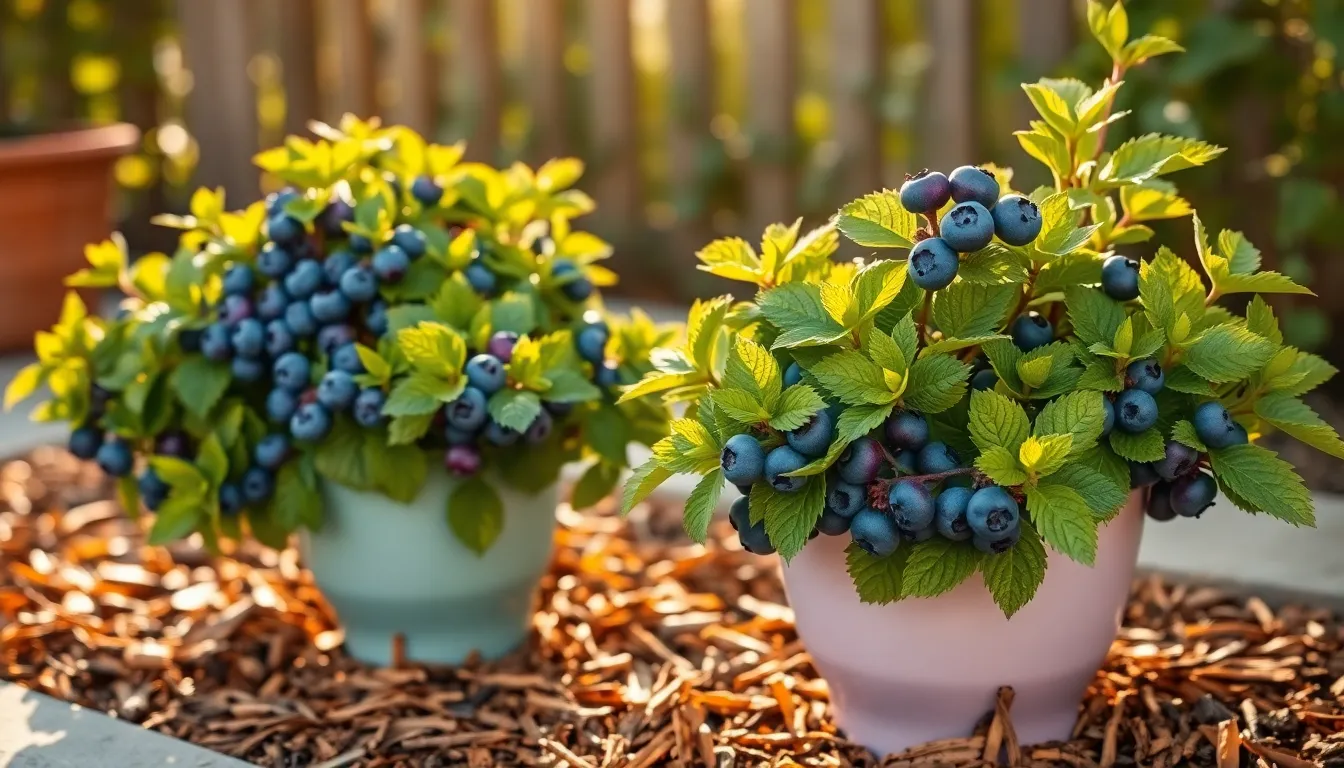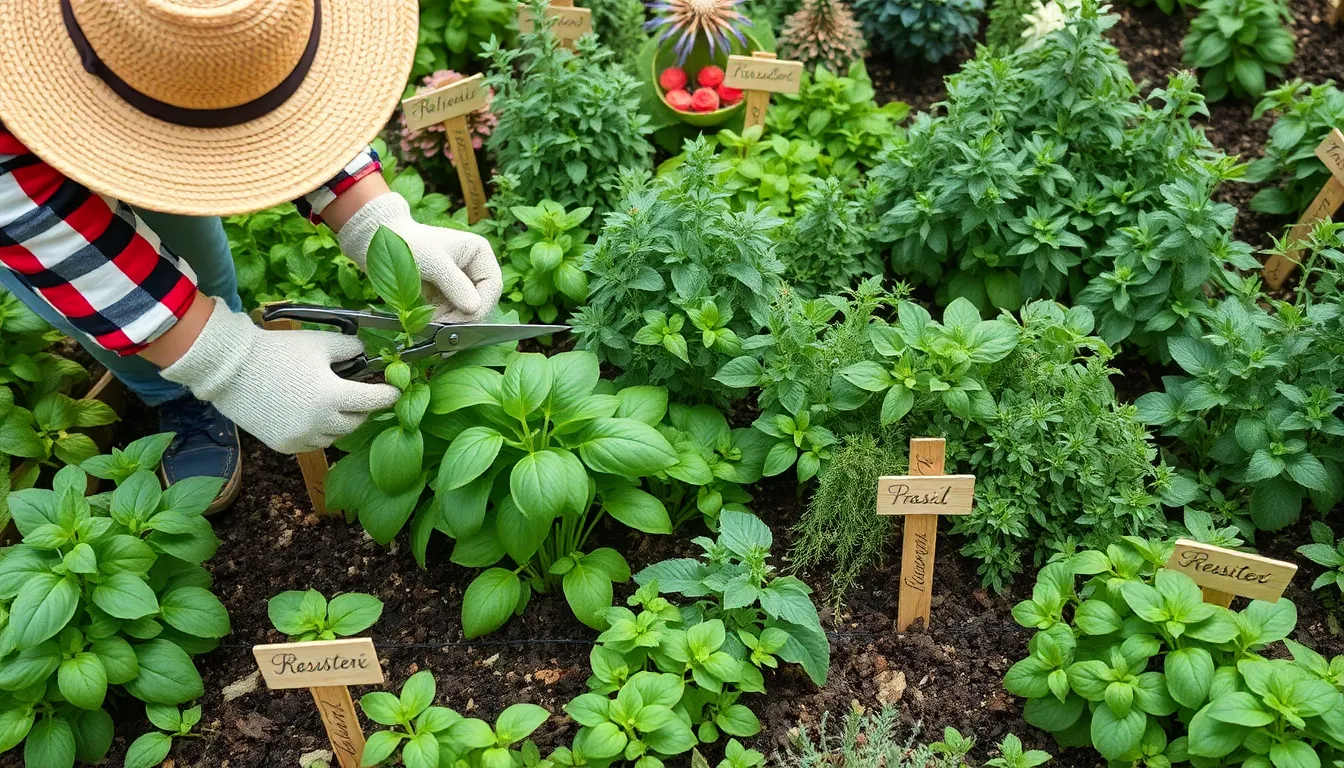Herbs are the unsung heroes of the garden, bringing vibrant flavors and delightful scents to our kitchens. Whether you’re a beginner nurturing your first basil plant or a seasoned gardener with a flourishing herb spiral, understanding the art of harvesting without harming your plants is essential to maintain their bounty. The key to a thriving herb garden lies in knowing when and how to snip your herbs so they continue to grow and enrich your culinary adventures.
Timing and technique are everything when it comes to harvesting herbs sustainably. In this article, you’ll discover not only the optimal moments to gather your basil, mint, and thyme but also how to do so in a way that promotes healthy regrowth. We will guide you through practical steps and expert tips, empowering you to keep your herb garden abundant throughout the growing season. So, grab your gardening shears and let’s delve into the secrets of harvesting herbs while ensuring your plants flourish year after year.
Understanding Herb Growth Cycles
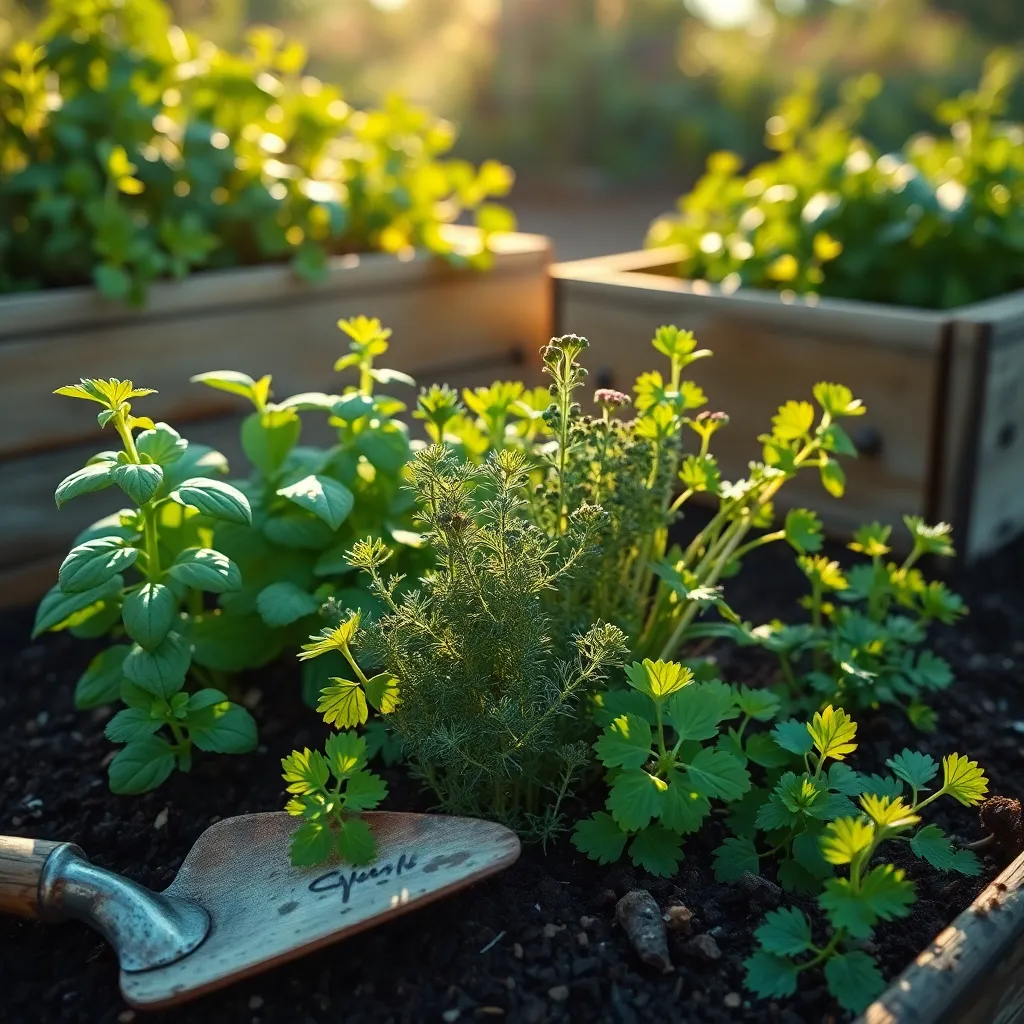
Understanding herb growth cycles is essential for harvesting without harming your plants. Most herbs follow a predictable pattern of growth, flowering, and seed production, with peak harvesting times occurring before flowering.
Many herbs, such as basil and mint, thrive best when they are regularly pruned. By trimming these herbs frequently, you encourage a fuller growth pattern and delay flowering, which is beneficial for both the plant’s health and your culinary needs.
For optimal growth, it’s crucial to provide herbs with proper conditions, including adequate sunlight and well-draining soil. Most herbs prefer at least six hours of sunlight per day and benefit from a soil mix that retains moisture yet drains well, preventing root rot.
Advanced gardeners might experiment with succession planting to ensure a continual harvest. By staggering the planting times of your herbs, you can enjoy fresh herbs throughout the growing season without over-harvesting a single plant.
Identifying Optimal Harvest Times
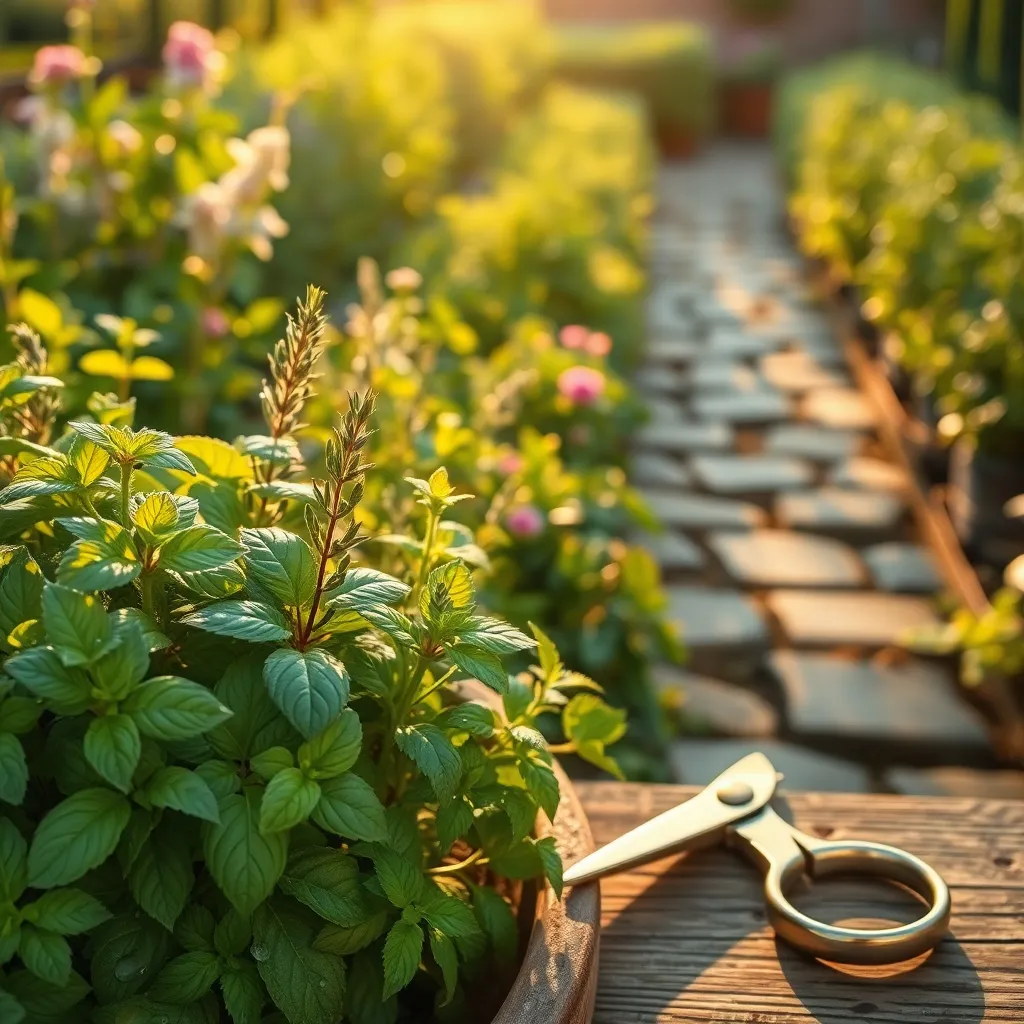
Knowing when to harvest herbs is crucial for maintaining plant health and ensuring continued growth. The best time to pick herbs is generally in the morning after the dew has evaporated but before the sun gets too hot, as this is when the plants’ essential oils are at their peak.
Observe the size and maturity of the leaves, as harvesting too early can stunt growth while waiting too long can reduce flavor. Aim to snip the herbs just before they flower, as this is when they are most flavorful and nutrient-rich.
For most herbs, it’s best to cut no more than one-third of the plant at a time. This allows the plant to recover and continue producing throughout the season, ensuring a steady supply of fresh herbs.
Beginner gardeners should focus on herbs like basil, mint, and parsley, which are forgiving and quick to regrow. These herbs thrive in well-drained soil with regular watering, but be sure not to overwater, as this can lead to root rot.
More experienced gardeners might explore harvesting techniques like succession planting or staggered harvesting. This involves planting herbs in intervals or harvesting them in small batches to ensure a continuous supply.
Consider the specific needs of the herbs you are growing. For example, rosemary and thyme prefer drier conditions and need less frequent harvesting, which can help them develop stronger flavors over time.
Techniques for Safe Trimming
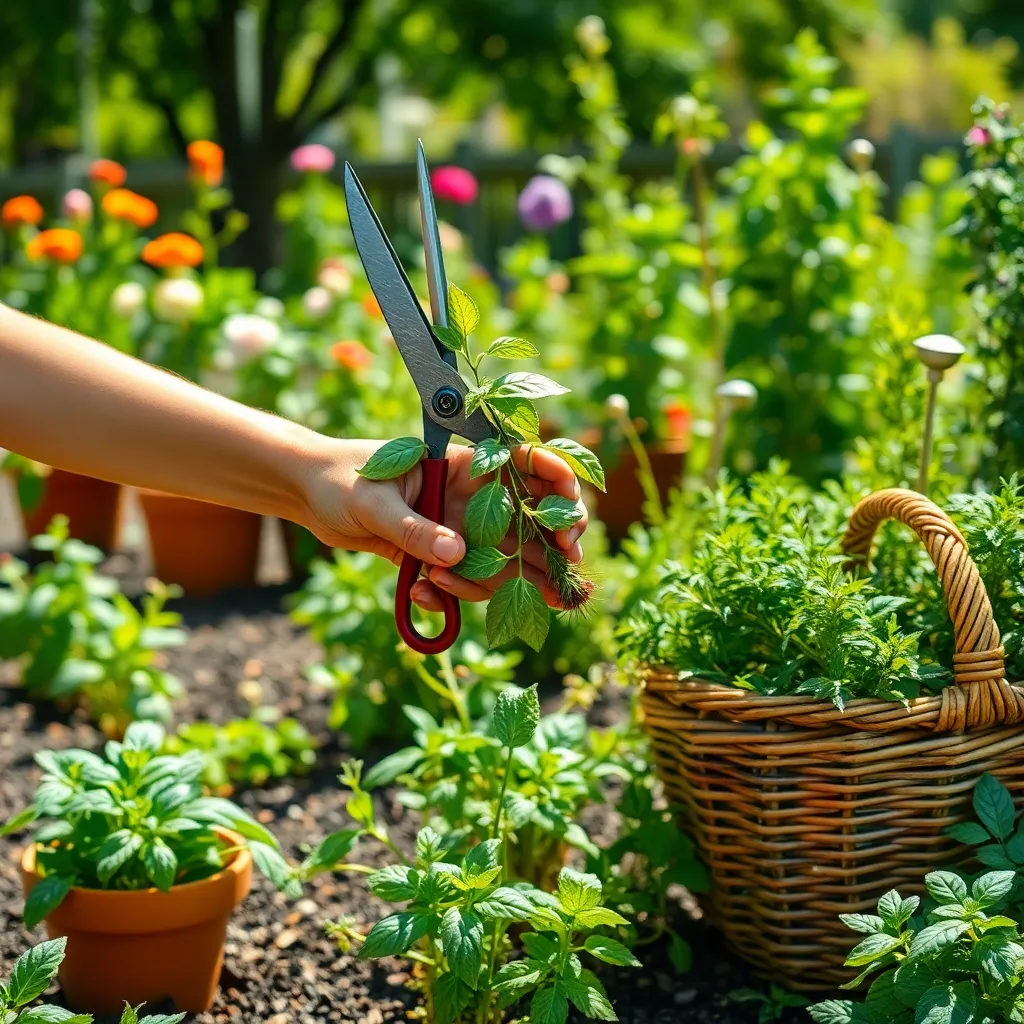
To trim herbs safely without harming the plant, always use sharp, clean scissors or pruning shears. This minimizes damage and reduces the risk of disease, ensuring the plant stays healthy and continues to grow vigorously.
Avoid cutting more than a third of the plant at any one time, as over-trimming can stress the plant and slow its growth. Instead, focus on harvesting the top few inches, where the plant is most productive, promoting bushier growth.
Incorporating regular trimming into your herb care routine encourages stronger, more resilient plants. By removing the older, woody stems and focusing on new growth, you can enhance the plant’s overall vitality and flavor.
For herbs like basil and mint, pinch off leaves just above a pair of leaves or a node to stimulate further growth. This method encourages the plant to branch out, producing a fuller and more productive herb bush.
Seasonal Considerations for Harvesting
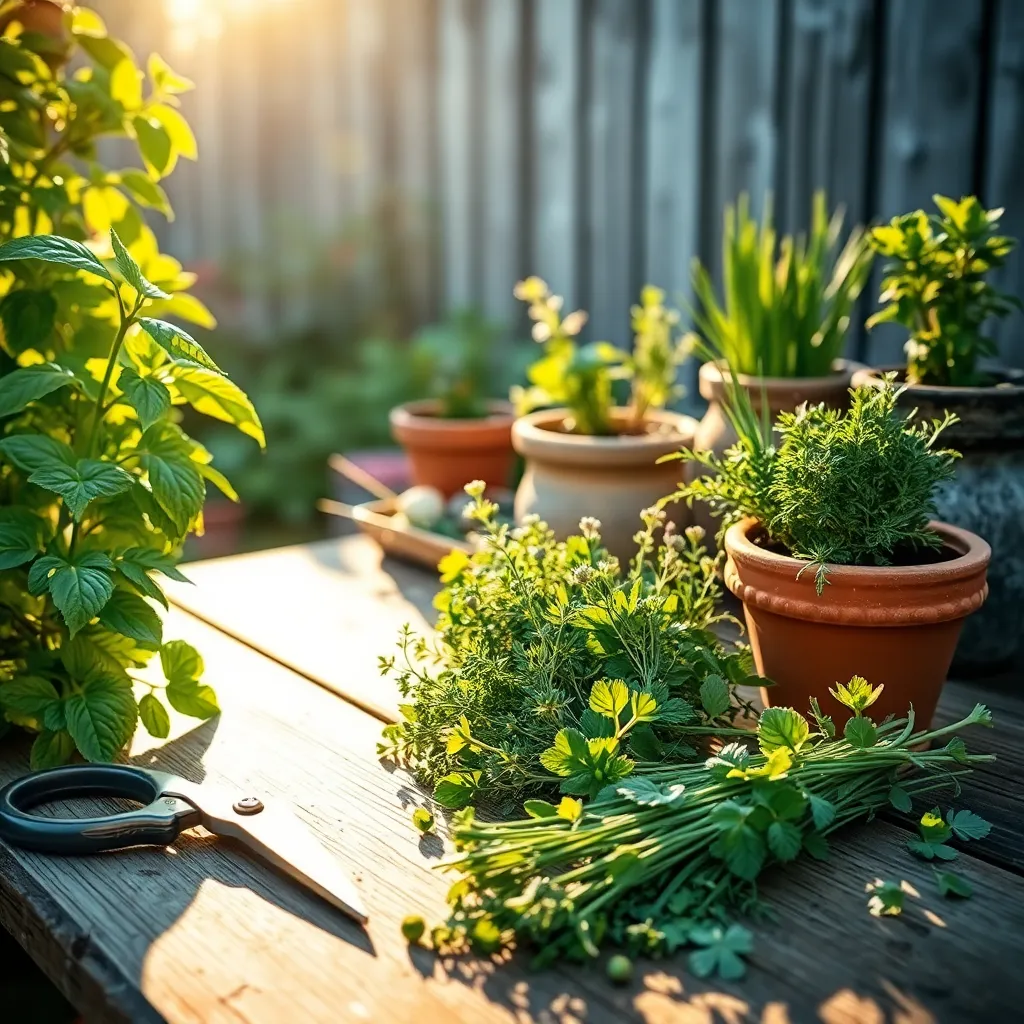
Understanding the seasonal needs of your herbs can significantly impact your harvest success. Spring and early summer are optimal times for harvesting many herbs, as this is when they are in their peak growing phase. During these months, herbs like basil and mint thrive with longer daylight hours and warmer temperatures. Regularly harvesting these plants encourages bushier growth and prevents them from becoming leggy.
In contrast, be cautious as temperatures rise in mid to late summer. Many herbs, such as cilantro and dill, may bolt and go to seed quickly, which can make the leaves bitter. To manage this, ensure you harvest regularly and provide shade during the hottest part of the day. Additionally, maintaining a consistent watering schedule helps keep the plants hydrated and reduces the stress that triggers bolting.
Fall presents a different challenge as the days shorten and temperatures drop. Some herbs, like rosemary and thyme, can handle cooler weather and even benefit from a light frost, which can enhance their flavor. For more tender herbs, consider moving pots indoors or using row covers to extend their growing season. This strategy allows you to continue harvesting even when outdoor conditions are less favorable.
Winter harvesting is possible with the right preparation. Growing herbs indoors on a sunny windowsill or under grow lights can provide fresh flavors year-round. For outdoor perennial herbs, apply a layer of mulch to protect the roots from freezing temperatures. This winter care ensures that your herbs will return robustly in the spring, ready for another season of harvesting.
Post-Harvest Herb Care Tips
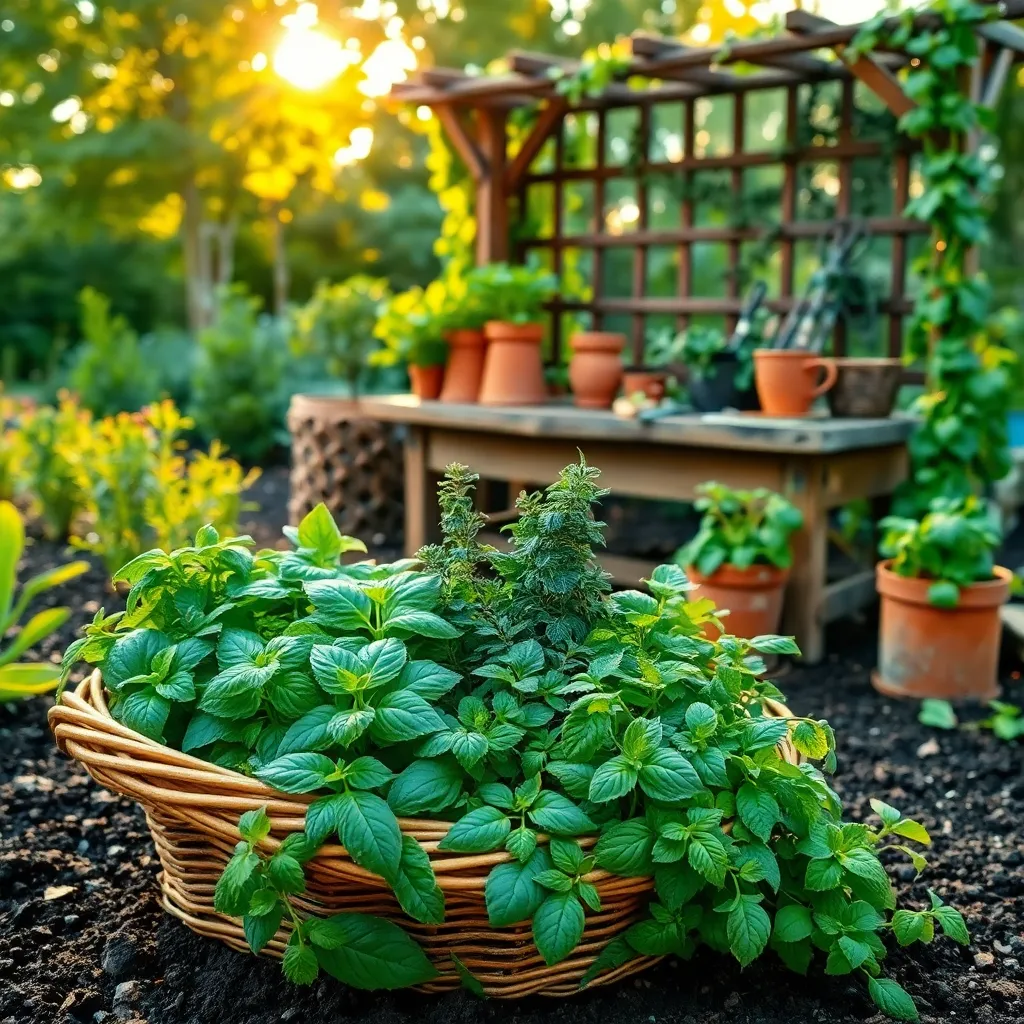
After harvesting your herbs, it’s crucial to provide them with the right care to ensure their continued growth. Begin by trimming any dead or damaged leaves, as this promotes healthy development and prevents disease.
Watering is key to maintaining the health of your herbs post-harvest. Ensure the soil remains moist but not waterlogged, adjusting the frequency based on your herb type and local climate conditions.
For beginners, maintaining a consistent watering schedule can help your herbs recover quickly after harvesting. Use mulch around the base of the plants to retain moisture and regulate soil temperature.
Experienced gardeners might consider applying a balanced, slow-release fertilizer to replenish nutrients. This is especially beneficial for herbs harvested frequently, as it supports robust regrowth.
Ensure your herbs have adequate sunlight, as it is essential for their recovery and growth. Most herbs thrive in full sun, requiring at least six hours of direct light daily.
If growing indoors, rotate pots regularly to ensure even light exposure. Consider using a grow light if natural sunlight is insufficient, particularly during the darker months.
Lastly, inspect your herbs regularly for pests and diseases, removing any affected parts promptly. Keeping your garden clean and free from debris will help prevent infestations and maintain overall plant health.
Conclusion: Growing Success with These Plants
In nurturing both your garden and your relationships, timing and care are paramount. We’ve explored five key concepts: knowing when to engage in meaningful conversations just as you would harvest herbs at their peak; understanding your partner’s needs, akin to recognizing the conditions each plant thrives under; maintaining balance between giving and receiving, much like ensuring you don’t over-harvest; nurturing growth through continuous support, just as you would with regular watering and sunlight; and lastly, the importance of patience, allowing both relationships and plants the time they need to flourish.
As an immediate step, consider dedicating time this week to a heartfelt conversation with your partner, focusing on understanding their current needs and aspirations. This simple yet profound act can strengthen your bond significantly.
Bookmark this article now so you can revisit these insights and cultivate a thriving relationship garden. Remember, successful relationships, like a well-tended herb garden, require ongoing attention and care. With dedication, your relationships will yield a bounty of joy, resilience, and mutual growth. Embrace the journey, and watch your connections flourish with vibrant health and harmony.

